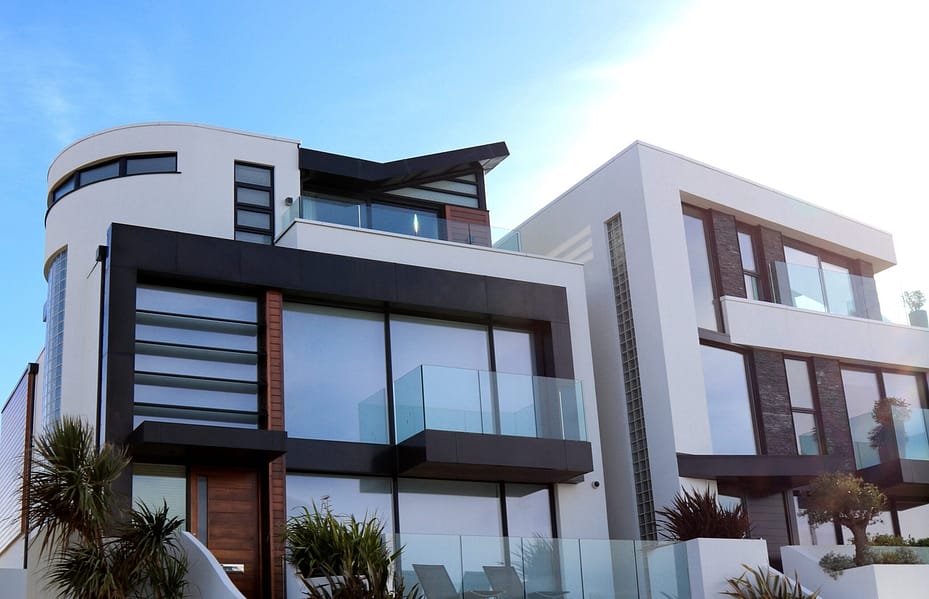Within a compact neighborhood-scale area, a Traditional Neighborhood Development, or TND, often known as a village-style development, comprises a diversity of dwelling types, a mix of land uses, an active center, a walkable design, and typically a transit option.
A project must feature a diversity of housing types, a network of well-connected streets and blocks, a variety of public spaces, and facilities such as businesses, schools, and places of worship within walking distance of residents to qualify as a TND. TND is only applicable at the neighborhood or town size, and should not be confused with New Urbanism, which spans all scales of planning and development, from a single structure to an entire region. Additionally, TND projects are not solely traditional in aesthetics, using a variety of architectural styles.
Moreover, TND zoning won’t stop sprawl until it’s the only way to build. In fact, TND is a difficult project, and most developers would choose the safer, more conventional sprawl model. The scale of implementation, potential contradictions with current legislation, and complexity of enforcement are all concerns for sustainability officers responsible for implementing TND zoning amendments. TND policies are complex in general, and it is ideal to apply them holistically while approving complementary development regulations at the same time to avoid conflicts. Finally, people conversant with the complex difficulties of TND rules will be required by building and planning offices entrusted with enforcing such restrictions, who can identify innovative nuances from problematic departures from TND regulations’ principles.
Rationale
Traditional Neighborhood Developments are designed to address the most pressing issues connected with sprawl, such as low-density, auto-oriented development, and single-use developments that lack context and character.
The fragmentation of residential, commercial, and industrial uses that is sometimes necessary for modern zoning leads to automobile dependence. This architectural style makes communities unwelcoming to pedestrians and bikers, reducing community vitality. It also increases the amount of traffic. On the other hand, zoning that leverages TND development to blend uses and forms in a confined area might result in high-quality neighborhoods.
Principles of Sustainability
- Promoting economic diversity and vitality
- Promoting development in regions that can best accommodate it
- Making use of current infrastructure
- Encouraging clustering
- Preserving and reusing historic and/or architecturally significant structures
- Encouraging development patterns that are similar to traditional communities, such as pedestrian scale
- Keeping the contrasts between rural, suburban, and urban areas
- Promoting economic growth, job development, and stability
- Ensuring that municipal services and facilities are sufficient to meet public requirements while avoiding development subsidies
- Reducing the cost of infrastructure
- Reducing traffic congestion caused by new development
Benefits of Neighborhood Development
- Establishes walkable communities
- Brings communities to life by permitting a variety of applications.
- Encourages the use of alternative modes of transportation
- Maintains open space
- Preserves the concept of the “village center” and public places
- Establishes communities to live, work, and play in.
- Decreases traffic congestion
Read more on INJ Architects:
How to make an inside plan contract? 10 elements you should consider

